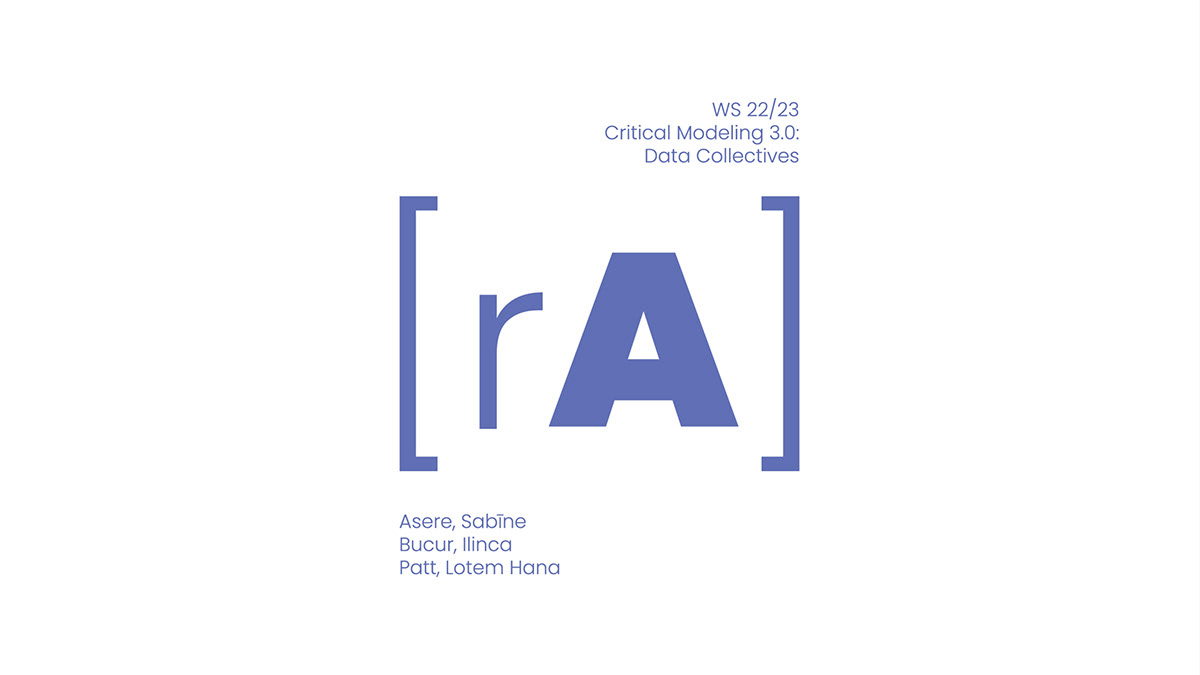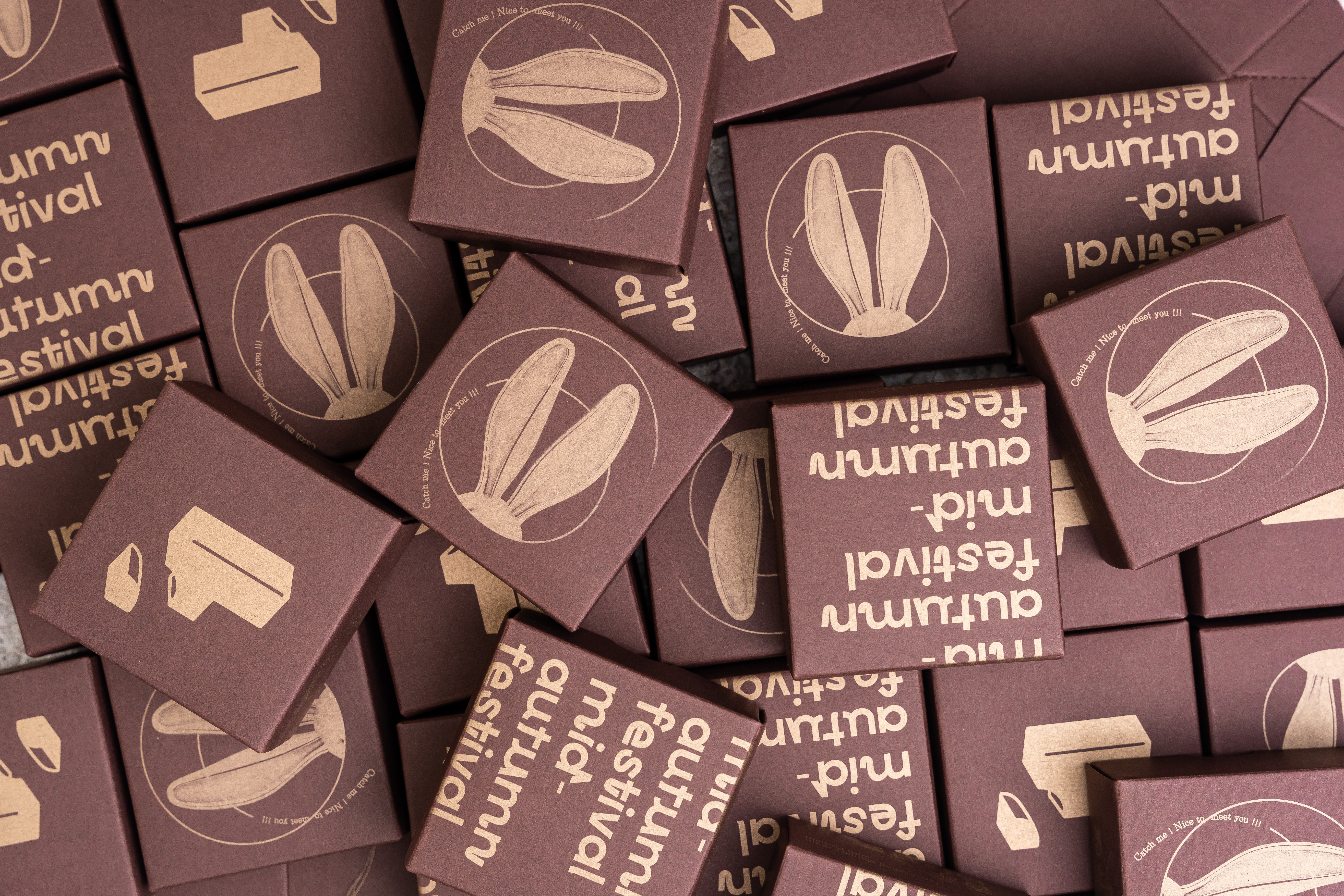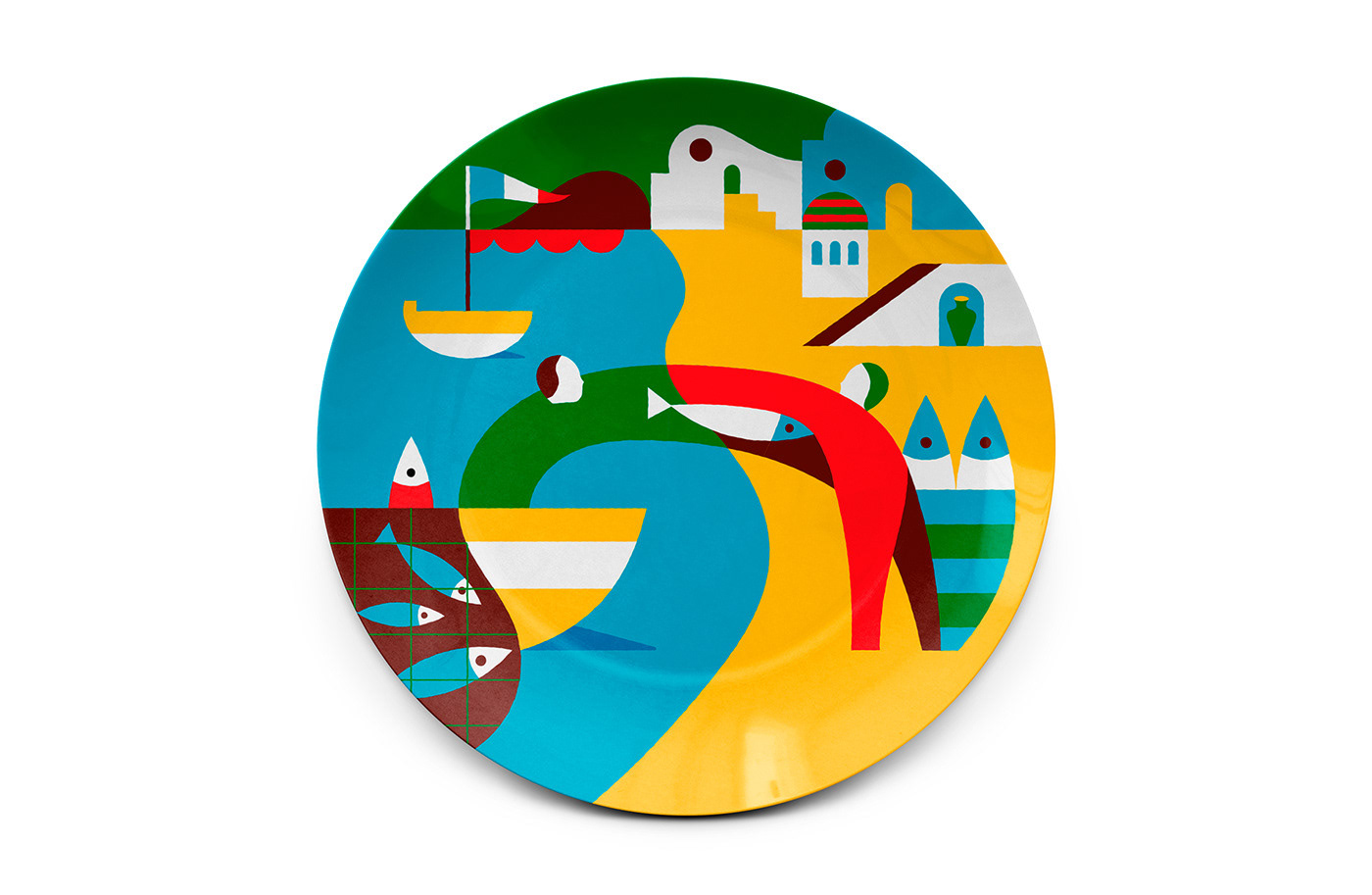[re]fresh Amberg is a student project created within the “Critical Modeling - Data Collectives” studio at the Chair of Architectural Informatics at TU Munich.
The studio investigates the spatial, political, and socio-material aspects of urban data platforms and so-called “City Digital Twins.” It explores digital infrastructure from an architectural and urbanistic point of view. Urban data is intimately related to architectural imaginaries, planning programs, and urban governance. Hence the topic is approached as an open architectural design brief.
Critical Modeling 3.0 focuses on the Bavarian city of Amberg.
Critical Modeling 3.0 focuses on the Bavarian city of Amberg.

During our visit to the city of Amberg, we observed that the issue of vacancy is prevalent, especially in the historic city center. Many of these abandoned buildings require renovation, while some only need minimal intervention to be usable again. Our initial step was to survey the city, take photographs of these buildings and map their locations


Our project aims to involve citizens in solving this problem by providing a tool and platform for them to express their visions and desires regarding the revitalisation of these empty spaces. The solution we offer includse instruments and concepts such as crowdsourcing, public access to information and democratic processes in community-led initiatives. By combining these elements, our platform works as a collective solution-finding tool.


[re]fresh Amberg utilizes a co-briefing and co-design approach, empowering residents to create proposals freely, with no substantial constraints other than the key criteria specified in the database (e.g. possible functions of the space). This creation process is intended to be simple and straightforward. One important aspect of this process is the use of AI to develop visualisations of the buildings, so that the proposer can get a sense of what it would truly mean if the requested improvements and changes were made on the chosen property. While proposals can be made anytime, they will not be immediately up for voting. The process functions as following:


Occupying vacant buildings with community spaces can bring numerous benefits to a neighbourhood and its residents. These spaces provide a gathering place for people to connect, collaborate, and engage with each other. This can lead to a stronger sense of community and increased social cohesion. Community spaces can also serve as centres for educational and cultural activities, providing opportunities for personal growth and enrichment. Furthermore, occupying otherwise unused buildings with community spaces can revitalise the city centre and help the local economy. This can lead to increased investment, job creation, and improved quality of life for residents.
Below is a prototype of the platform, which we encourage you to click through.
The prototype was created in Adobe XD and the visuals were made with the help of AI generation tools such as Dall-E and Midjourney.








